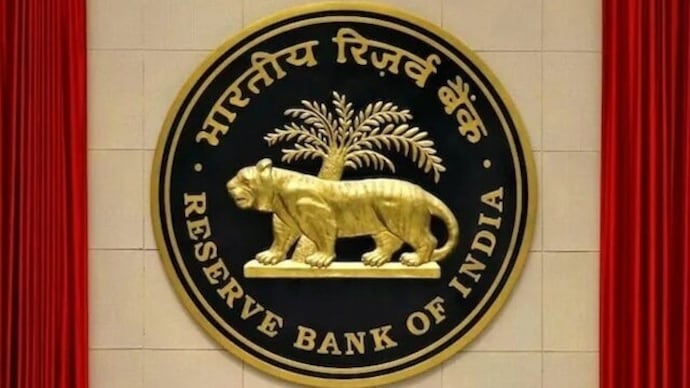
RBI Approves Record ₹2.69 Lakh Crore Dividend to Centre
In a landmark financial move, the Reserve Bank of India (RBI) has approved a record-breaking dividend transfer of ₹2.69 lakh crore to the central government for the financial year ending March 2025. This is the highest-ever surplus transfer in the RBI’s history and significantly surpasses both the ₹2.1 lakh crore paid last year and the ₹1.02 lakh crore transferred in FY22.
RBI Dividend Sets New Benchmark
The current dividend not only exceeds the government’s budget estimate of ₹1.02 lakh crore but also includes gains from other financial institutions, which were collectively expected to contribute ₹2.56 lakh crore. The massive surplus reflects the RBI’s strong earnings performance in FY25, driven by increased interest income, gains from foreign exchange operations, and valuation changes in its rupee asset portfolio.
According to economists, “The RBI’s active involvement in foreign exchange markets, particularly its sale of US dollars, contributed to a notable rise in income.” Additionally, rising yields on Indian government securities and higher interest income from its holdings have bolstered the central bank’s profitability.
Contingency Buffer Raised to 7.5%
In parallel with this record dividend, the RBI has also revised its Economic Capital Framework (ECF), opting to increase its Contingency Risk Buffer (CRB) to 7.5% of its balance sheet from the previous 6.5%. “This increase reflects a conscious move to fortify the RBI’s financial stability amid global macroeconomic uncertainties,” say banking analysts.
The CRB is a critical component of the RBI’s capital reserves and acts as a safeguard against unexpected financial shocks. Raising it not only strengthens the central bank’s resilience but also ensures the sustainability of future surplus distributions.
Fiscal Impact and Long-Term Outlook
The ₹2.69 lakh crore dividend is expected to provide the Union government with a considerable fiscal cushion. “This will help reduce the fiscal deficit by around 0.2% of GDP,” said one analyst, “providing leeway for additional spending or reducing borrowing needs.” With the general elections concluded, this windfall may aid the new administration in launching flagship programs or stabilizing public finances.
However, experts also caution that such extraordinary transfers are unlikely to recur every year. The quantum of future dividends will be contingent upon the RBI’s investment income, market conditions, and currency volatility. “This year’s dividend is exceptional, not structural,” warn fiscal observers.
Even so, the move has been widely welcomed across financial circles, as it underscores the RBI’s dual commitment to financial prudence and support for government macroeconomic objectives.


















